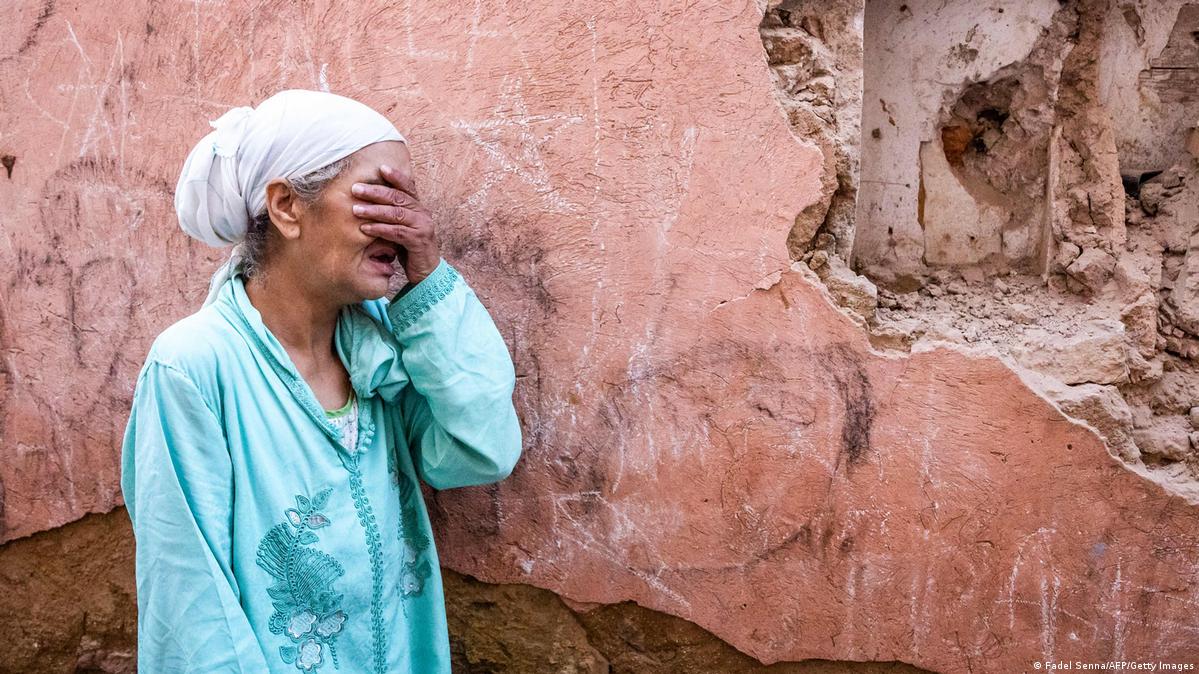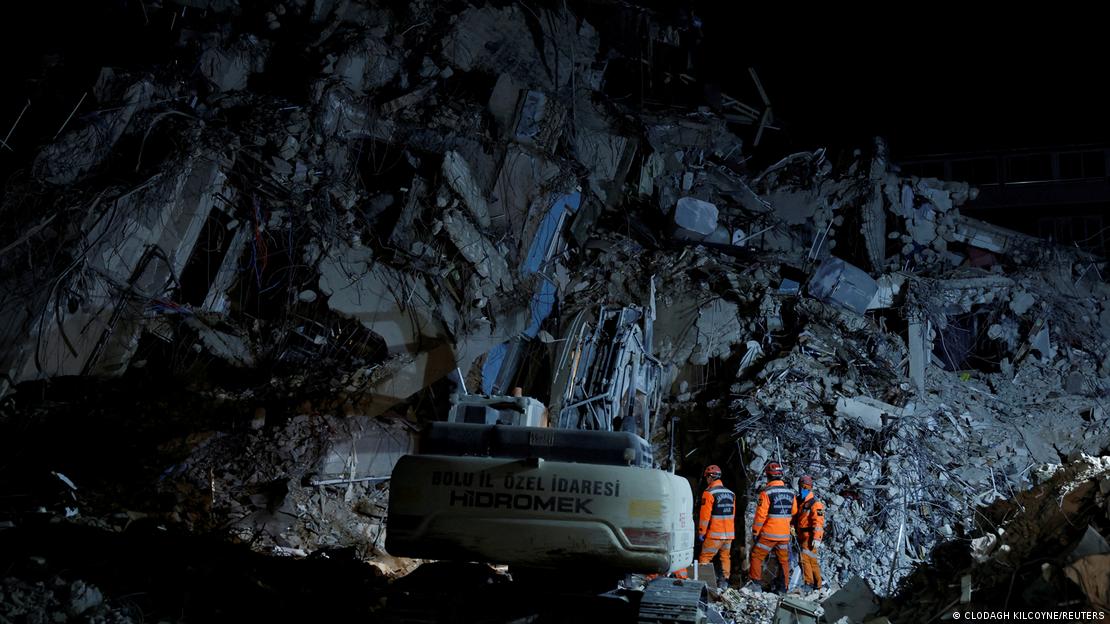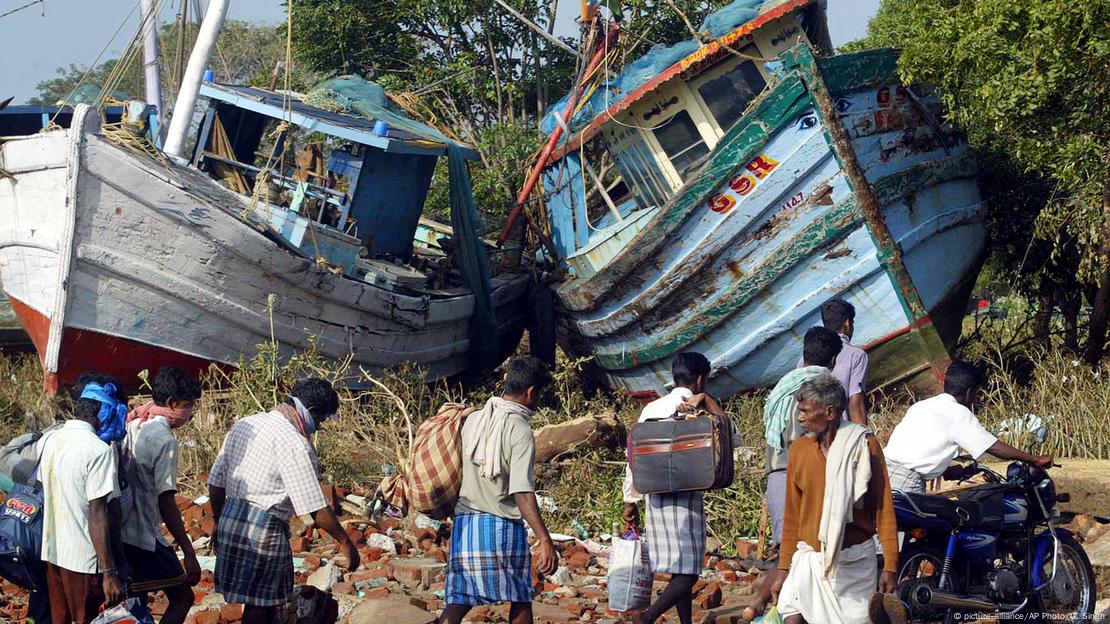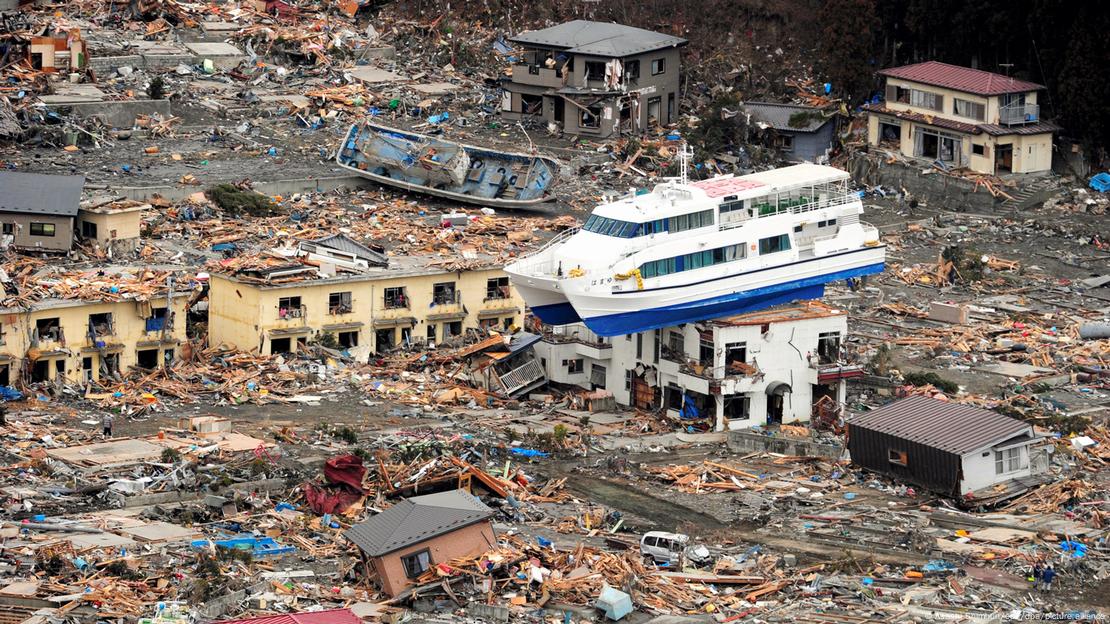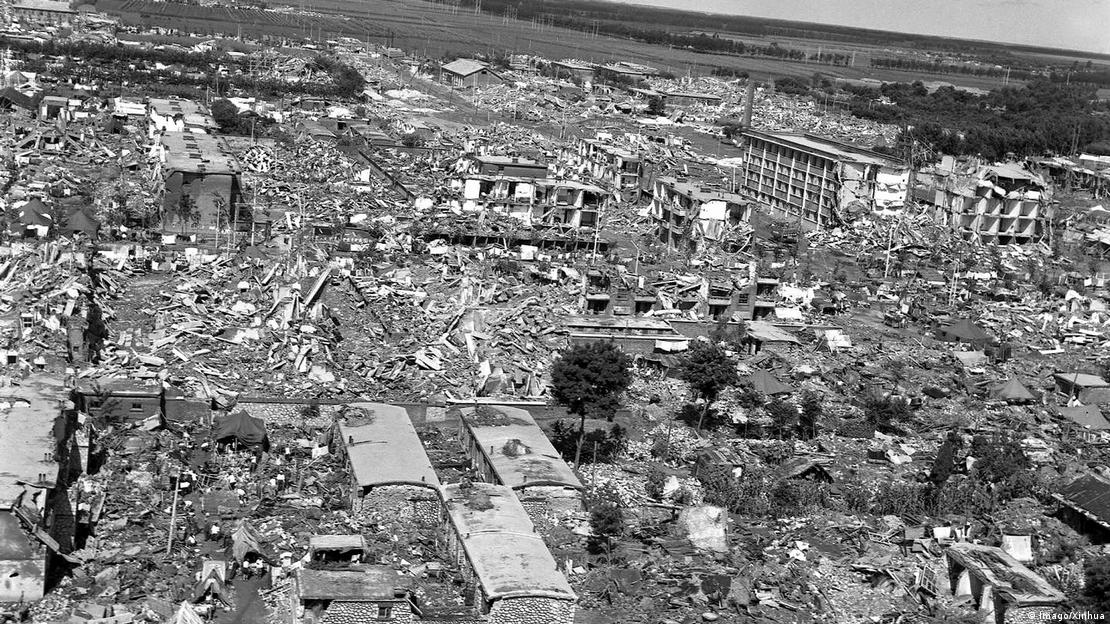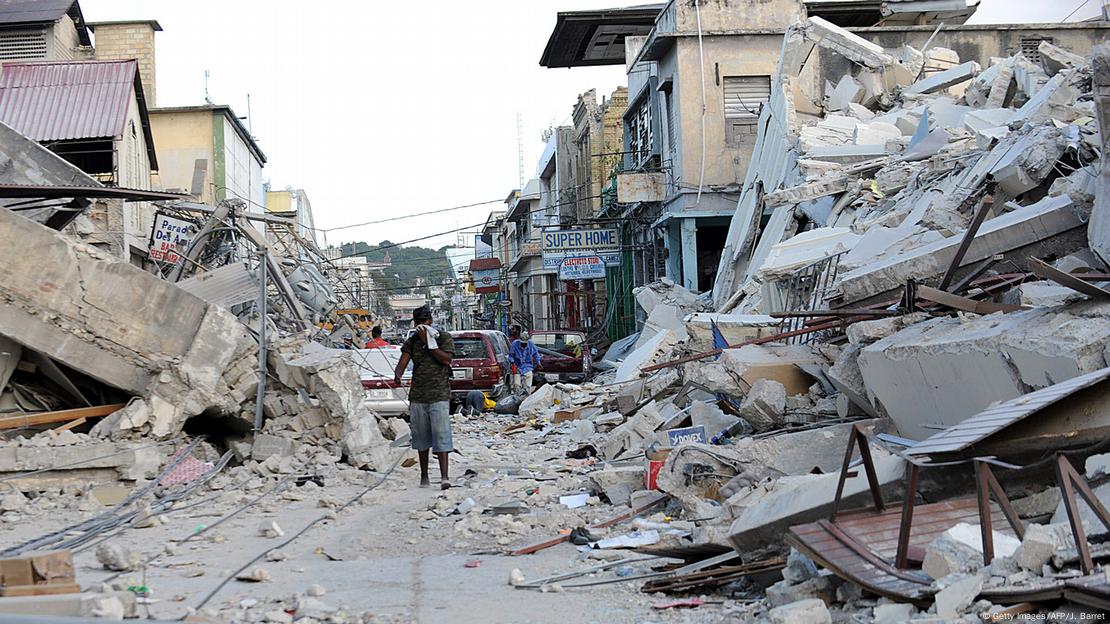Martina Schwikowski
DW
The recent coups in Gabon and Niger have raised concerns among other African presidents who fear a threat to their power and have appointed new generals.
The military takeover in Niger at the end of July showed that democratic-turned-autocratic leaders of other nations may face a similar fate if the latest wave of coups in Africa continues.
Just over a month after the military takeover in which Niger's democratically elected president, Mohamad Bazoum, was overthrown, a coup in the central African nation of Gabon has increased a ripple of unrest across the region.
Like father, like son
Four days after presidential elections in Gabon, soldiers deposed President Ali Bongo Ondimba after 14 years in office. He had succeeded his father Omar Bongo who served from 1967 until his death in 2009.
Ali Bongo's son and key advisor, Noureddin Bongo Valentin, was waiting in the wings to continue the Bongo dynasty into a third generation.
This extended rule by one family has long been a source of discontent among the population. In this respect, Gabon is not unique in Africa.
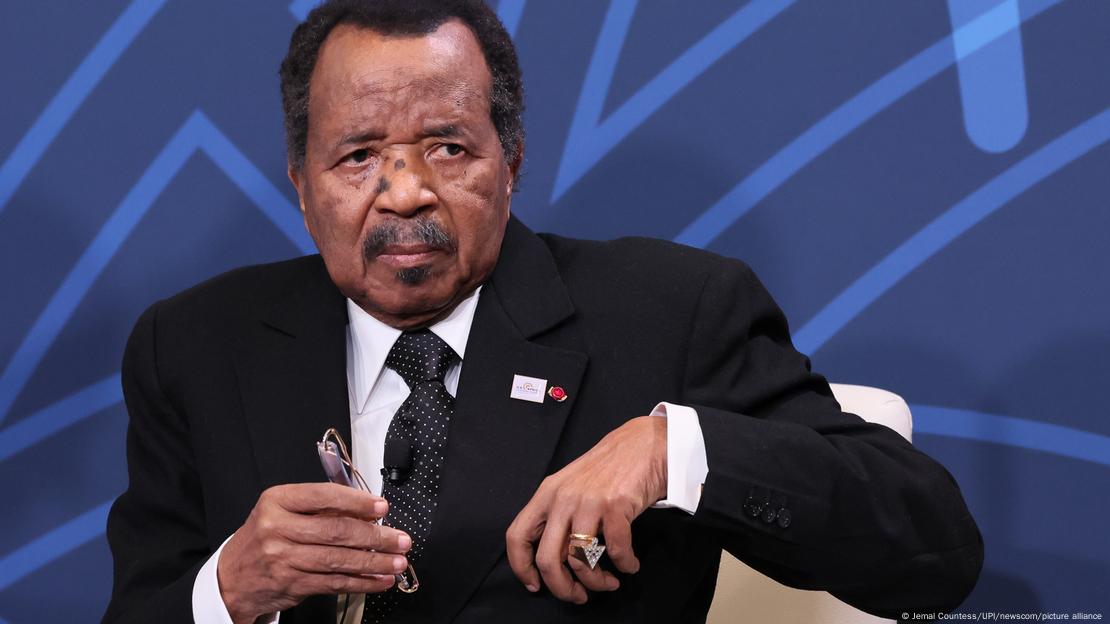
How have the coups in Niger and Gabon affected other African nations?
Hours after soldiers in Gabon named the country's new military, there was a change in neighboring Cameroon where 90-year-old President Paul Biya — who has ruled the country for more than 40 years — changed his military leadership.
Political analyst Alex Gustave Azebaze finds it difficult to draw parallels between Gabon and Cameroon, however.
"Cameroonians like me follow very closely what is happening in Gabon, without indulging in grand illusions," he told DW. "We believe in a resurgence of Cameroonian democrats from all camps to prevent the military from interfering in the political game."
Rwanda's President Paul Kagame — in office since 2003 — also retired senior military officials last week.
Shortly after Gabon's coup, Umaro Sissoco Embalo, president of Guinea-Bissau since 2020, filled two new positions with security advisors to protect him.
"It is true that coups carried out by presidential security agents have become fashionable," the president told reporters, assuring that "any suspicious move will be met with an appropriate response."
In Mozambique, President Filipe Nyusi meanwhile condemned the coup in Gabon. He said there were no reasons to justify a putsch because there are problems in every country — and coups do not solve the continent's development problems.
Nyusi added that the way democracy is exercised on the continent needs to be reviewed. He has ruled since 2015, with the state using repression to crack down on popular protests.
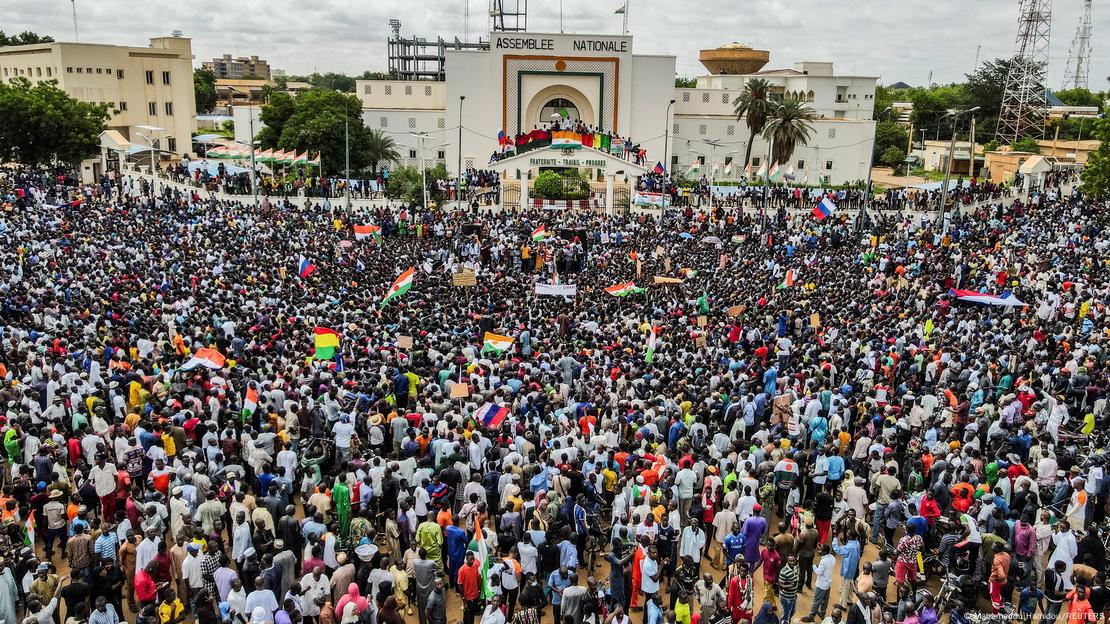
Celestine Odogu of the University of Abuja in Nigeria sees the military's creeping comeback as a different kind of revolution. This, she said, can be stopped or kept in check by good governance. This is because many politicians would not keep their election promises, Odogu said.
Causes: Poverty and few reforms
Africa is the epicenter of coups, but no two are alike, according to John Chin, a postdoctoral fellow at the Carnegie Mellon Institute for Security and Technology in the US state of Pennsylvania, who researches dynamic coups.
"We can distinguish between coups that bring about regime change to overthrow democratically elected governments, as we saw in Niger. And coups in which the leadership is replaced to preserve the ruling regime, as in Chad a few years ago," Chin told DW in an interview.
But there is a wide variety of coups, Chin pointed out, and their causes are difficult to pinpoint clearly. Nevertheless, local and regional influences — such as poverty and a lack of democratic aspirations — can be cited as causes for the resurgence, rather than the presence of international actors such as Russia, France or the United States, he added.
No return to democracy
According to Chin, there were only few coup attempts in Africa in the early 2000s. But between 2020 and 2022 alone, the number jumped to 11 attempts. That figure rose to 13 this year with Niger and Gabon. The majority of successful coups happened in West Africa: two in Mali, two in Burkina Faso, one in Guinea and, most recently, one in Niger.
The political conclusion is sobering: "Those who promised a quick return to democratic government did not deliver," Chin said. Juntas in the region had made political promises under pressure from sanctions imposed by the Economic Community of West African States (ECOWAS), the US, France and other countries.
After the sanctions were lifted, however, they withdrew everything: "We haven't seen a successful return to democracy in any of these countries," said Chin.

Coup plotters have to be strategic if they want to seize and retain power, Chin said, pointing out that an important factor in their calculus is international reactions:
"When the hammer of sanctions comes down, it becomes difficult to stay in power." Therefore, he added, continuity of active diplomacy by the African Union and theinternational community plays an important role in either ending coups or, more likely, shortening the length of time that coup governments are in power.
Chin believes the coup in Gabon will not be the last on the continent. "We will see coup activity in Africa," Chin believes, adding that coup plotters often have connections among themselves.
"The thing about successful coups is that you don't easily see them coming," Chin concluded, "including in Gabon."
Moki Edwin Kindzeka, Elisabeth Assen, Ben Shemang and Christine Mhundwa contributed reporting.
This article was originally published in German. It was updated on September 8 to correct the number coups in African countries since the 2000s.


